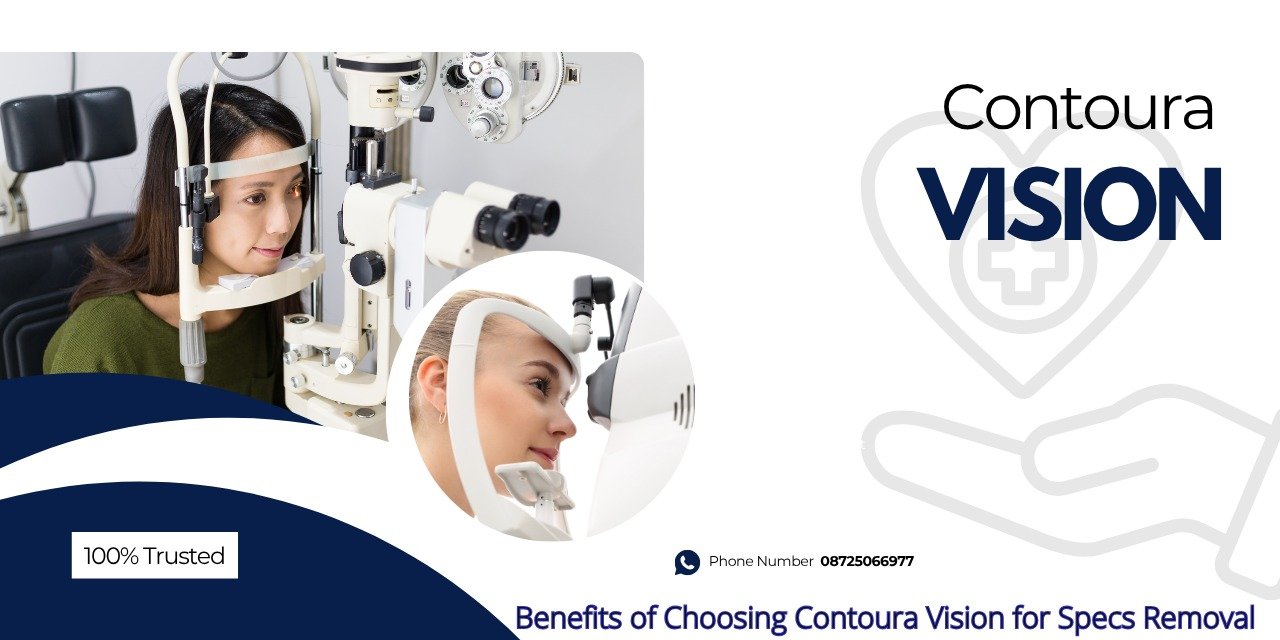Dry eyes, medically known as dry eye syndrome (DES), is a common condition that affects millions of people worldwide. It occurs when the eyes do not produce enough tears or when the tears evaporate too quickly. This condition can lead to discomfort, irritation, and a variety of visual problems. Understanding the causes, symptoms, and risk factors associated with dry eyes is crucial for effective management and treatment.
Causes of Dry Eyes
Dry eyes can result from various factors, including:
Decreased Tear Production: Aging is a significant factor that can decrease tear production. The tear glands produce fewer tears as individuals age, leading to dryness. Certain medical conditions, such as Sjögren’s syndrome, rheumatoid arthritis, and lupus, can also impair tear production.
Increased Tear Evaporation: Environmental factors such as dry or windy climates, air conditioning, and excessive screen time can increase tear evaporation. Additionally, certain medical conditions like blepharitis (inflammation of the eyelids) can disrupt the tear film’s stability.
Hormonal Changes: Hormonal fluctuations, particularly in women during pregnancy, menopause, or while using hormonal medications (like birth control pills), can affect tear production and contribute to dry eyes.
Medications: Certain medications, including antihistamines, decongestants, diuretics, and some antidepressants, can reduce tear production, leading to dry eye symptoms.
Contact Lens Use: Prolonged use of contact lenses can contribute to dryness. Many people experience discomfort while wearing lenses, especially if they are not adequately hydrated.
Medical Conditions: Various systemic diseases and conditions can affect tear production or the tear film’s stability. These include diabetes, thyroid disorders, and neurological conditions that affect the eye’s surface.
Symptoms of Dry Eyes
The symptoms of dry eyes can vary in severity and may include:
Persistent Dryness: A constant feeling of dryness, often described as a sandy or gritty sensation in the eyes.
Redness: Eyes may appear red or irritated due to inflammation caused by dryness.
Burning or Stinging Sensation: Many individuals with dry eyes report a burning or stinging feeling, which can be uncomfortable and distracting.
Sensitivity to Light: Increased sensitivity to light, known as photophobia, can occur in people with dry eyes.
Blurred Vision: Fluctuating or blurred vision can be a symptom, particularly during activities that require prolonged focus, like reading or using a computer.
Excessive Tearing: Ironically, dry eyes can sometimes lead to excessive tearing as the body tries to compensate for the lack of moisture. These tears, however, may not provide adequate lubrication.
Risk Factors for Dry Eyes
Several factors can increase the risk of developing dry eyes:
Age: The risk of dry eyes increases with age, particularly for individuals over 50.
Gender: Women are more likely to experience dry eyes, especially during hormonal changes related to pregnancy or menopause.
Environmental Factors: Living in dry, windy, or smoky environments can contribute to dry eye symptoms. Additionally, excessive screen time or focusing on tasks without blinking can exacerbate dryness.
Medical History: A personal or family history of autoimmune diseases, thyroid problems, or allergies can increase the risk of dry eyes.
Lifestyle Choices: Smoking, excessive alcohol consumption, and inadequate hydration can all contribute to dry eyes. Maintaining a healthy lifestyle can help mitigate these risks.
Use of Electronic Devices: Prolonged use of smartphones, tablets, and computers can lead to reduced blink rates, causing tears to evaporate more quickly.
Managing Dry Eyes
While dry eyes can be a chronic condition, several management strategies can help alleviate symptoms:
Artificial Tears: Over-the-counter lubricating eye drops can provide immediate relief by adding moisture to the eyes. It’s essential to choose preservative-free options for frequent use.
Prescription Medications: In more severe cases, prescription medications such as anti-inflammatory drops or medications that stimulate tear production may be recommended.
Lifestyle Modifications: Taking regular breaks from screens (the 20-20-20 rule), staying hydrated, and using a humidifier can help improve eye moisture.
Protective Eyewear: Sunglasses or goggles can help shield the eyes from wind and dry conditions.
Dietary Changes: Omega-3 fatty acids, found in fish and flaxseeds, may help improve tear production. Supplements can also be beneficial.
Consultation with an Eye Care Professional: Regular check-ups with an ophthalmologist or optometrist can ensure proper management and identify underlying conditions.
Conclusion
Dry eye syndrome is a prevalent condition that can significantly impact daily life. Understanding its causes, symptoms, and risk factors is essential for effective management. Individuals experiencing persistent dry eye symptoms should consult an eye care professional for an accurate diagnosis and personalized treatment plan. For those seeking eye treatment in Zirakpur, Jyoti’s Hospital Eye & Child Care, led by Dr. Suvikram Jyoti, offers comprehensive solutions for various eye conditions. You can reach them at 09871778178. With proper care and lifestyle adjustments, many individuals can find relief from dry eye symptoms and improve their overall eye health.













